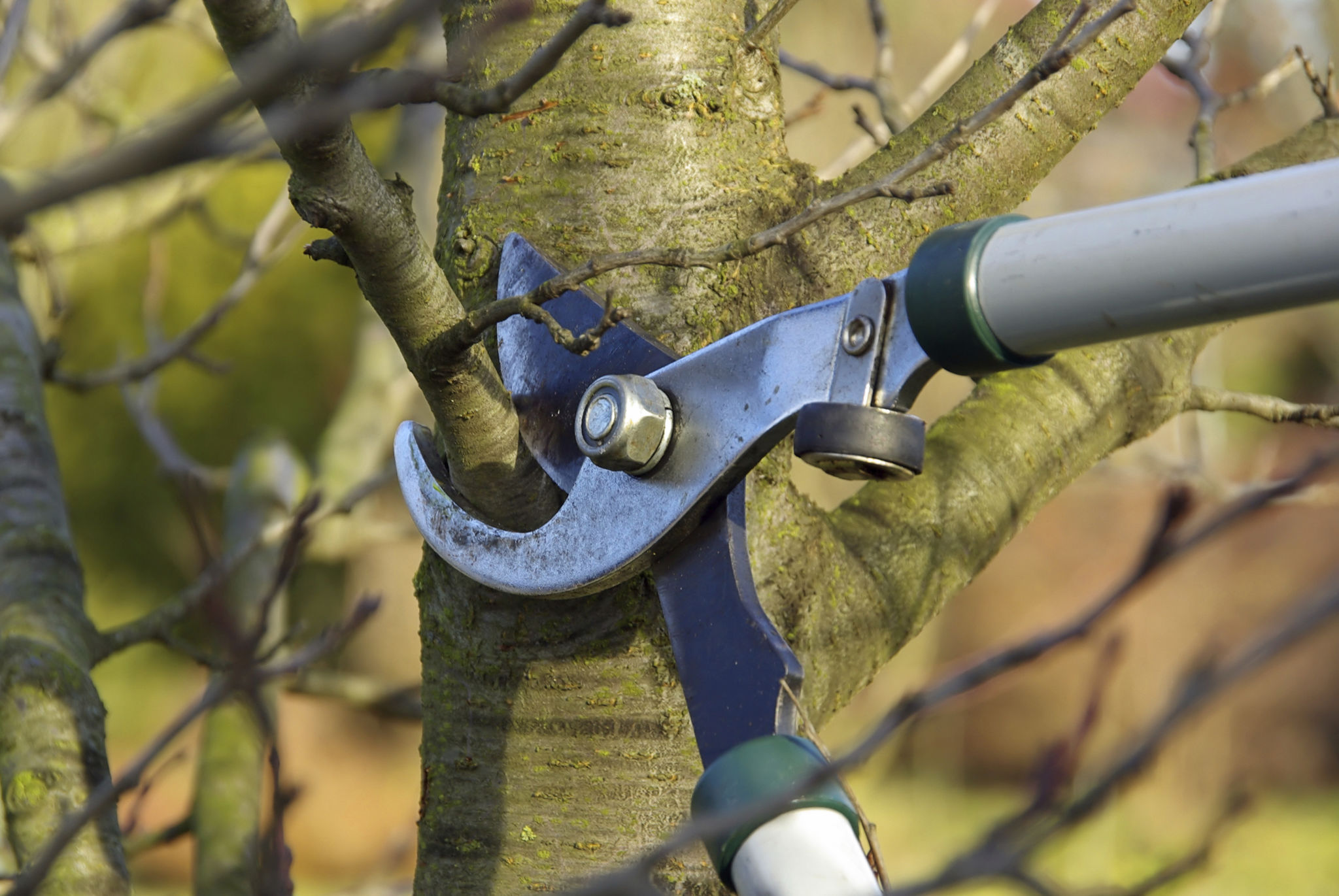DIY Tree Pruning: What Hillsboro Homeowners Need to Know
Understanding the Basics of Tree Pruning
Tree pruning is an essential task for maintaining the health and aesthetics of your garden. It involves removing specific branches or stems to benefit the whole tree. For Hillsboro homeowners, understanding the basics of tree pruning can lead to healthier trees and a more appealing landscape.

The primary goals of pruning are to enhance the tree's structure, improve air circulation, and eliminate any damaged or diseased parts. Whether you're looking to increase fruit production, prevent hazards, or simply maintain a neat appearance, knowing when and how to prune is crucial.
When to Prune Your Trees
Timing is everything when it comes to tree pruning. For most trees, the best time to prune is during their dormant season, typically in late winter or early spring. Pruning during dormancy helps minimize sap loss and stress to the tree.
However, there are exceptions. For instance, flowering trees should be pruned right after blooms fade. This allows you to shape the tree without sacrificing the next season's flowers. Always research specific guidelines for the species you have in your yard.
Essential Tools for Pruning
Having the right tools makes a significant difference in the effectiveness and safety of your pruning efforts. Some basic tools include:
- Pruning shears: Ideal for cutting smaller branches.
- Loppers: Useful for thicker branches that require more leverage.
- Pruning saws: Necessary for cutting branches larger than 3 inches in diameter.

Ensure your tools are clean and sharp before you begin. Dull tools can cause unnecessary damage to the tree and make the task more difficult.
Techniques for Effective Pruning
There are several techniques to consider when pruning your trees. The most common include:
- Thinning: Removes entire branches at the base to improve light penetration and air movement.
- Reduction: Decreases the size of the tree, often for clearance or aesthetic reasons.
- Raising: Removes lower branches to provide clearance for pedestrians or vehicles.
Each technique serves a different purpose, so choose according to your specific needs and the structure of your tree.
Safety Considerations
Safety should always be a top priority when performing DIY tree pruning. Wear protective gear such as gloves, goggles, and a hard hat if necessary. Be mindful of power lines and keep a safe distance from them.

If a branch is too large or high to reach safely, consider hiring a professional arborist. Climbing trees or using ladders can be dangerous without proper training and equipment.
Common Mistakes to Avoid
Avoid common mistakes such as over-pruning, which can stress the tree and lead to disease or death. Cutting too close to the trunk, known as "flush cuts," can also harm the tree by removing its natural defense zone.
Additionally, refrain from using wound dressings or sealants on cuts, as they can trap moisture and promote decay rather than preventing it.
Benefits of Regular Pruning
Regular pruning offers numerous benefits beyond aesthetics. It can increase sunlight exposure, improve air circulation, and enhance fruit or flower production. Moreover, it helps identify potential problems early, such as pest infestations or diseases.

A well-maintained tree can also increase property value by enhancing curb appeal, providing shade, and reducing energy costs by cooling your home naturally.
Conclusion
DIY tree pruning can be a rewarding task for Hillsboro homeowners who take the time to learn proper techniques and safety precautions. By understanding when to prune, using the right tools, and avoiding common mistakes, you can maintain healthy and beautiful trees in your landscape.
If you're ever unsure about a particular pruning task, don't hesitate to consult with a professional arborist who can provide expert advice tailored to your specific needs.